The Ultimate 6th Grade PARCC Math Course (+FREE Worksheets)
Looking for an all-encompassing online course to help your student excel in the 6th Grade PARCC Math test? Look no further! Our course provides comprehensive coverage to prepare your student for the exam.
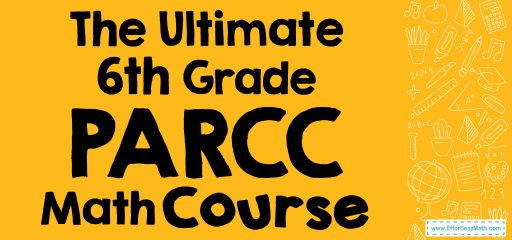
Our comprehensive course is designed to help students excel on the 6th-grade PARCC Math test, and it’s completely free!
We’ve included all the essential math skills and topics students need to know before the exam, so they can feel confident and well-prepared on test day.
The course covers mathematical operations, problem-solving, and critical thinking, ensuring that students have a strong grasp of all the topics tested on the exam.
It’s an ideal resource for students looking to achieve success, as it provides all the necessary knowledge and skills to perform their best on the test.
With this course, students will have the tools they need to reach their full potential and ace the 6th-grade PARCC Math exam.
Study at your speed without any schedules!
The Absolute Best Book to Ace the PARCC Math Test
6th Grade PARCC Math Complete Course
Integers
- Using a Diagram to Classify Rational Numbers
- Opposite Integers
- Using Number Lines to Represent Integers
- Using Vertical and Horizontal Number Lines to Represent Integers
Fractions, Decimals, and Mixed Numbers
- Using Number Lines to Represent Fractions
- Using Strip Diagrams to Represent Fractions
- Word Problems: Fraction
- Word Problems Involving Fractions of a Group
- Simplifying Fractions
- Using Number Lines to Represent Decimal
- Repeating Decimals
- Convert Between Fractions and Decimals
- Unit Prices with Decimals and Fractions
- Convert Between Decimals and Mixed Numbers
- Convert Between Improper Fractions and Mixed Numbers
- Order of Decimals, Mixed Numbers and Fractions
Rational Numbers
- Using Number Lines to Represent Rational Numbers
- Using Number Lines to Compare and Order Rational Numbers
- Word Problems of Comparing and Ordering Rational Numbers
- Convert Rational Numbers to a Fraction
Ratios and Proportions
- Write a Ratio
- Ratio Tables
- Using a Fraction to Write down a Ratio
- Matching a Model with a Ratio
- Word Problems Involving Writing a Ratio
- Finding Equivalent Ratio
- Word Problems Involving Comparing Ratio
- Word Problems Involving Equivalent Ratio
- Similarity and Ratios
- Equivalent Rates
- Word Problems Involving Comparing Rates
- Word Problems Involving Rates and Ratios
- Completing a Table and Make a Graph of Ratios and Rates
Percentage
- Representing Percentage
- Using Number Line to Graph Percentages
- Using Decimals, Grid models, and Fractions to Represent Percent
- Using Strip Models to Explain Percent
- Using Grid Models to Solve Percentage Problems
- Using Strip Models to Solve Percentage Problems
- Word Problems Involving Determining Percentage of a Number
- Solving Percentage Word Problems
- Fractional and Decimal Percentages
- Using Grid Models to Convert Fractions to Percentages
- Word Problems Involving Comparing Percent and Fractions
- Word Problems of Converting Between Percent, Fractions, and Decimals
- Percent Problems
Absolute Value
- Absolute Value Definition
- Integers and Absolute Value
- Using Number Lines to Present Absolute Value of Integers
- Integer Inequalities Involving Absolute Values
- Word Problems of Absolute Value and Integers
- Absolute Value of Rational Numbers
- Absolute Values and Opposites of Rational Numbers
Expressions and Equations
- Identifying Expressions and Equations
- Identify Equivalent Expressions
- Using Properties to Write Equivalent Expressions
- Using Strip Models to Identify Equivalent Expressions
- Using Algebra Tiles to Identify Equivalent Expressions
- Using Exponents to Write down Multiplication Expressions
- Using Exponents to Write Powers of Ten
- Prime Factorization with Exponents
- Identifying Errors Involving the Order of Operations
- Writing down Variable Expressions Involving Two Operations
- Using Area Models to Factor Variable Expressions
- Using Distributive Property to Factor Variable Expressions
- Using Distributive Property to Factor Numerical Expressions
Fundamentals of Computations
- Additive and multiplicative relationships
- Properties of Addition
- Using Area Models and the Distributive Property to Multiply
- Reciprocals
Operations of Fraction, Decimal, and Mixed Numbers
- Scaling Whole Numbers by Fractions
- Using Models to Divide Whole Numbers by Unit Fractions
- Dividing Fractions by Whole Numbers in Recipes
- Using Models to Multiply Two Fractions
- Multiplying and Dividing Fractions
- Word Problem for Explaining Fractions as Division
- Word Problems involving Dividing Fractions
- Multiplication and Division of Decimals by Powers of Ten
- Estimate Products of Mixed Numbers
- Scaling by Fractions and Mixed Numbers
- Multiplying Mixed Numbers
- Dividing Mixed Numbers
- Word Problem Involving Multiplying Mixed Numbers
- Multiplying and Dividing Decimals
- Multiplying Three or More Mixed Numbers, Fractions, and Whole Numbers
Variables and Equations
- Finding Independent and Dependent Variables in Tables and Graphs
- Solve Word Problems to Identify Independent and Dependent Variables
- Using Algebra Tiles to Model and Solve Equations
- Using Diagrams to Model and Solve Equations
- Evaluating One Variable
One−Step Operations
- Using Decimals and Fractions to Solve One−Step Addition and Subtraction
- Using Decimals and Fractions to Solve One−Step Multiplication and Division
- Solving and Graphing One-Step Multiplication and Division Equations
- Solving and Graphing One-Step Inequalities with Rational Numbers
- One–Step Equations
- Matching Word Problems with the One-Step Equation
- Word Problems Involving the One-Step Equation
Two-Variable Equation
- Using a Table to Write down a Two-Variable Equation
- Complete a Table and Graph a Two-Variable Equation
- Evaluating Two Variables
- Solving Word problems by Finding Two-Variable Equations
Inequalities
- Write Inequalities from Number Lines
- Graphing Single–Variable Inequalities
- One–Step Inequalities
- Word Problems Involving One-step Inequalities
Measurement System
- Converting, Comparing, Adding, and Subtracting Mixed Customary Units
- Customary Unit Conversions Involving Mixed Numbers and Fractions
- Using Proportions to Convert Traditional and Metric Units
- Compare the Temperatures Above and Below Zero
Geometry and Solid Figures
- Triangles
- Triangle Inequality
- Relationships Between Sides and Angles in a Triangle
- Definition of the Area of a Triangle
- Polygons
- Cubes
- Rectangular Prisms
- Definition of the Area of a Parallelogram
- Word Problems Involving Area of Quadrilaterals and Triangles
- Definition of the Area of a Trapezoid
- Finding Area of Compound Figures
- Finding the Area Between Two Rectangles
- Finding the Area Between Two Triangles
- Word Problems Involving Volume of Cubes and Rectangular Prisms
Coordinate Plane
Statistics and Data Analysis
- Pie Graph
- Graph The Line Plot
- Distributions in Line Plot
- Relative Frequency Tables
- Frequency Charts
- Mean, Median, Mode, and Range of the Given Data
- Interpreting Charts to find mean, median, mode, and range
- Finding an Outlier
- Finding Range, Quartiles, and Interquartile Range
- Interpreting Categorical Data
- Identifying Statistical Questions
- Word Problems Involving Completing a Table and Making a Graph
The Most Comprehensive Review for 6th-Grade Students
Related to This Article
More math articles
- How is the ASVAB Test Scored?
- 5th Grade Common Core Math Worksheets: FREE & Printable
- Relationship Between Sides and Angles in a Triangle
- Finding Equivalent Ratio
- FREE 3rd Grade Georgia Milestones Assessment System Math Practice Test
- Top 5 Graphing Calculators for Physics
- 7th Grade KAP Math Worksheets: FREE & Printable
- How to Solve Word Problems Involving the Percentage of a Number?
- Full-Length TASC Math Practice Test-Answers and Explanations
- 8th Grade MEAP Math FREE Sample Practice Questions

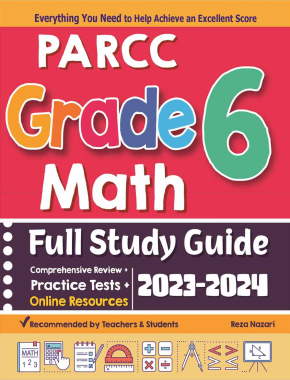
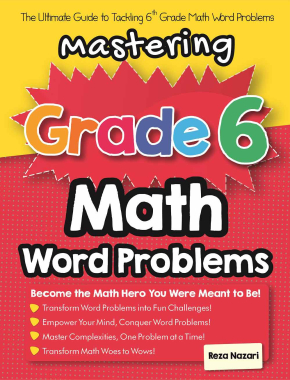
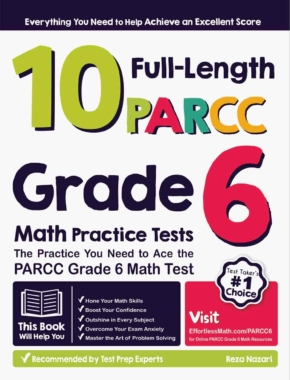
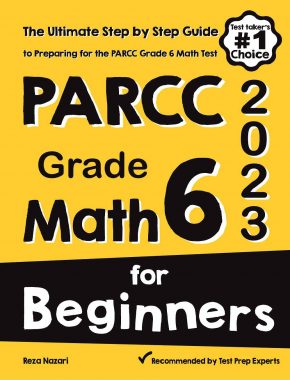
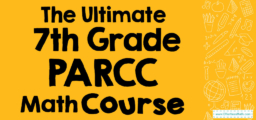
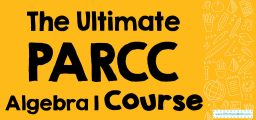
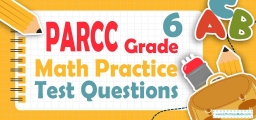
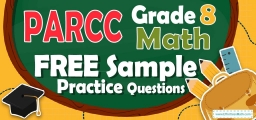
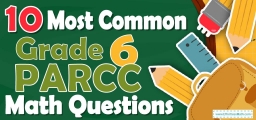
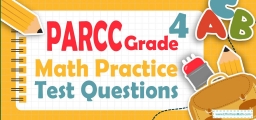
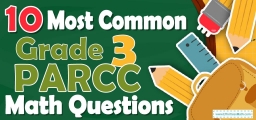
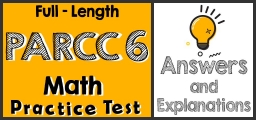
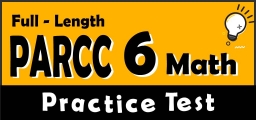
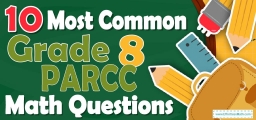
What people say about "The Ultimate 6th Grade PARCC Math Course (+FREE Worksheets) - Effortless Math: We Help Students Learn to LOVE Mathematics"?
No one replied yet.